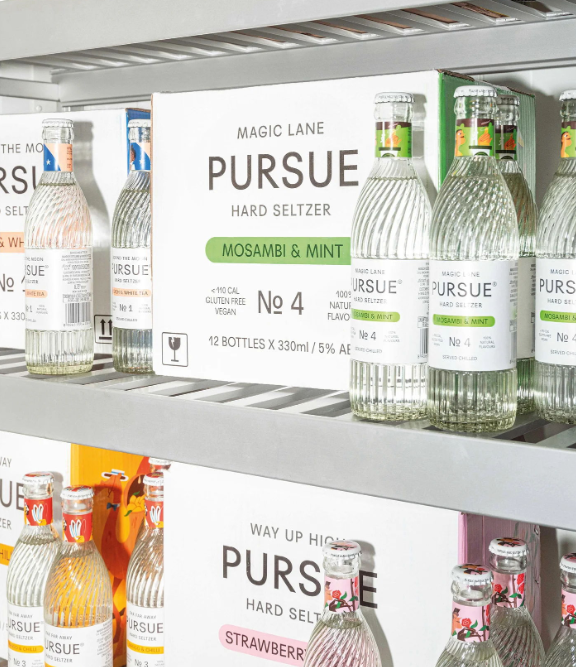
Hard Seltzer – New Kid On The Block
Call it whatever — hard seltzer, spiked seltzer, boozy soda water — it’s a drink that has turned heads in the recent past. What was
Blog

Call it whatever — hard seltzer, spiked seltzer, boozy soda water — it’s a drink that has turned heads in the recent past. What was
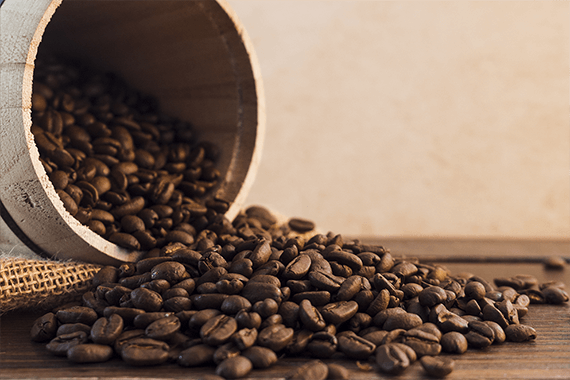
There’s something civilised about drinking a cocktail. And during the lockdown, we needed it more than ever to distract us from the boredom. Another drink
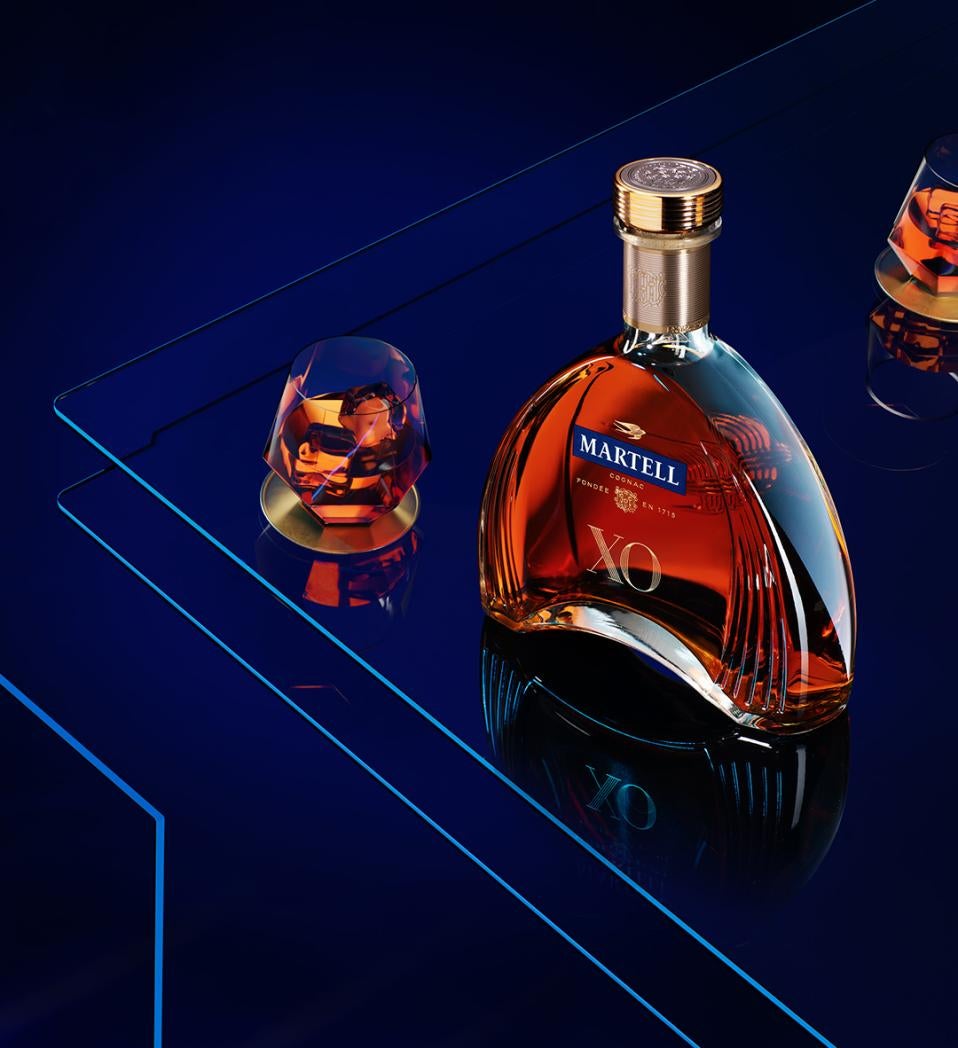
Where time is a devouring tyrant, one can effortlessly imagine a 300-year old producer being stuck in a time warp and passé traditions. But that’s not the
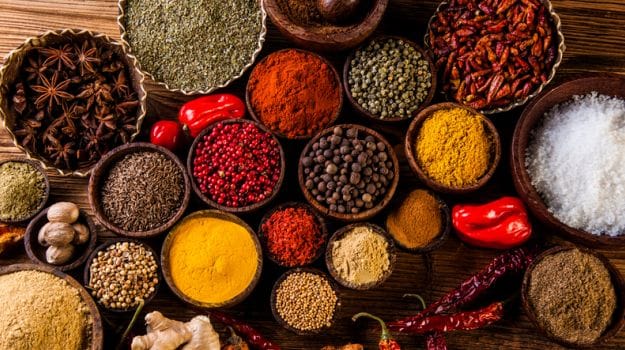
Undoubtedly, it’s the golden hour for innovations in Indian spirits. And amongst them, the blue-eyed child are the new Indian gins. With a thick Indian

We can’t call it a complete pandemic after all. There’s some tasteful good that’s come out of it. The time off has allowed creative minds
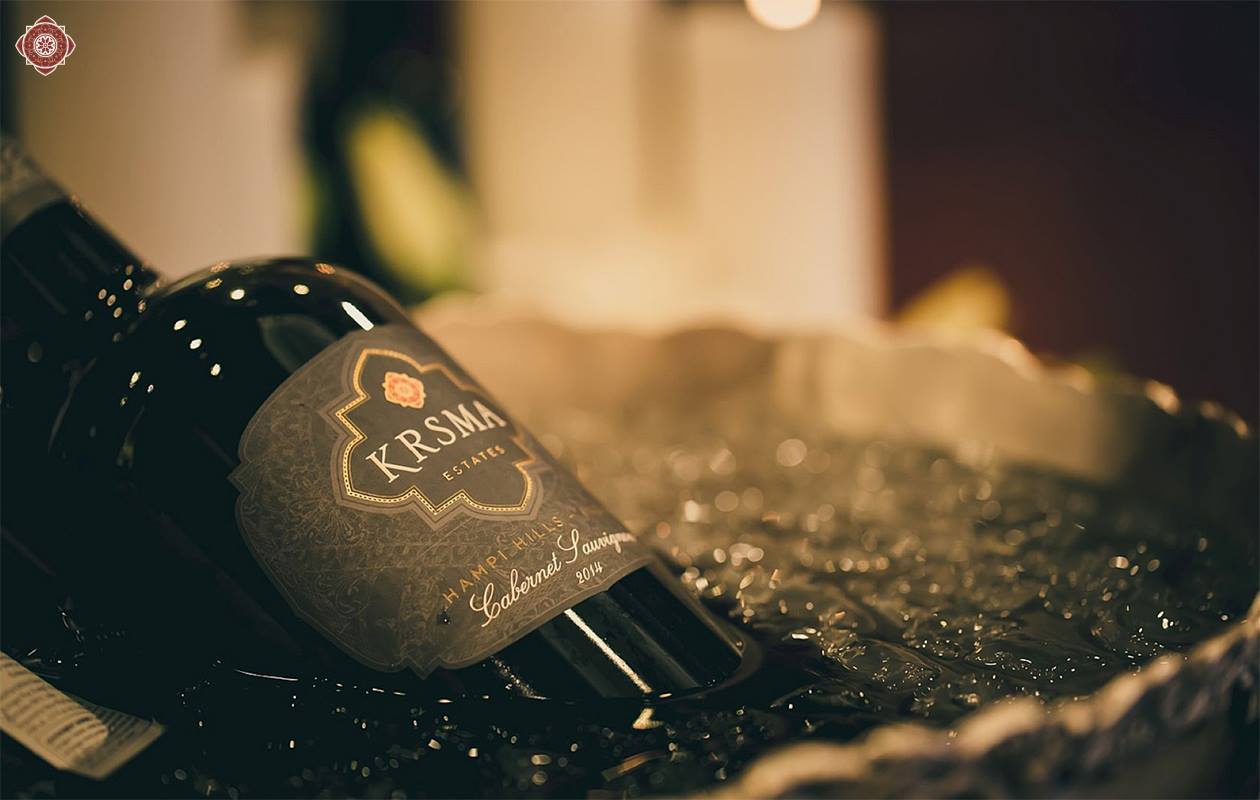
PASSION, PATIENCE & PERSISTENCE Tell someone India makes wines, you’ll get an absolutely surprised face! But then, tell an Indian that we make wines in
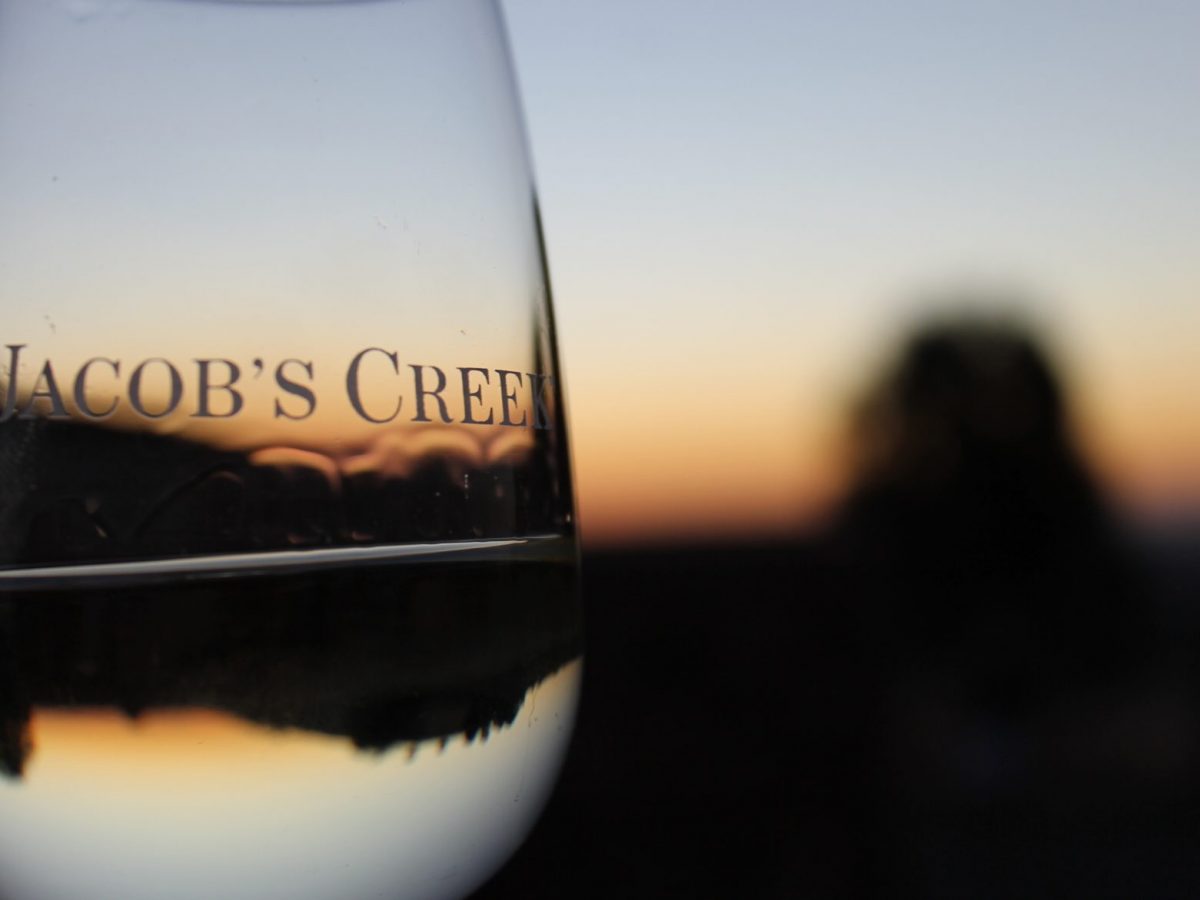
In 1837, as Bahadur Shah Zafar, the last Mughal king of India, acceded to the throne in Delhi, a Bavarian national, Johann Gramp was docking

The near-synonym for Indian wines, Sula Vineyards, India’s largest winery, has been quietly shifting gears. It has consolidated its place as a market leader which has

Of the ‘coolest’ trends coming out in 2020, one has to be India’s acceptance of wine-in-a-can. Albeit Sula Vineyards putting their 8 years old brand, Dia Sparkling, in
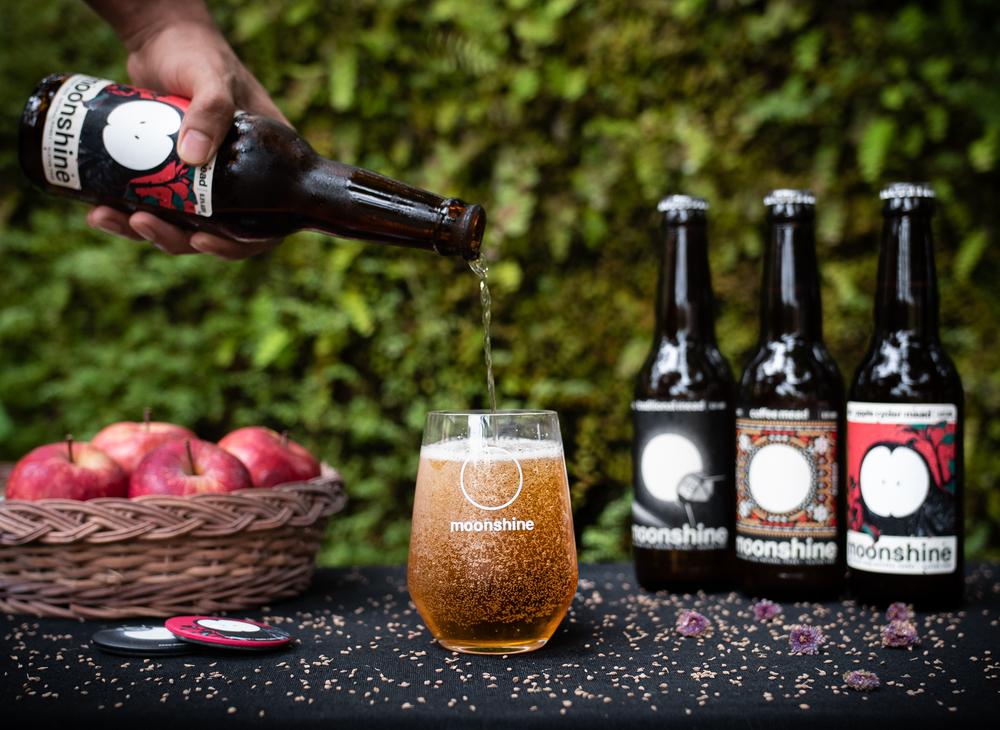
Here’s a story of a drink you may have never heard of. It’s mentioned in the vedas, Mahabharata, Lord of the Rings, Games of Throne, Hobbit, and
© 2021 Indulge India. All rights reserved.